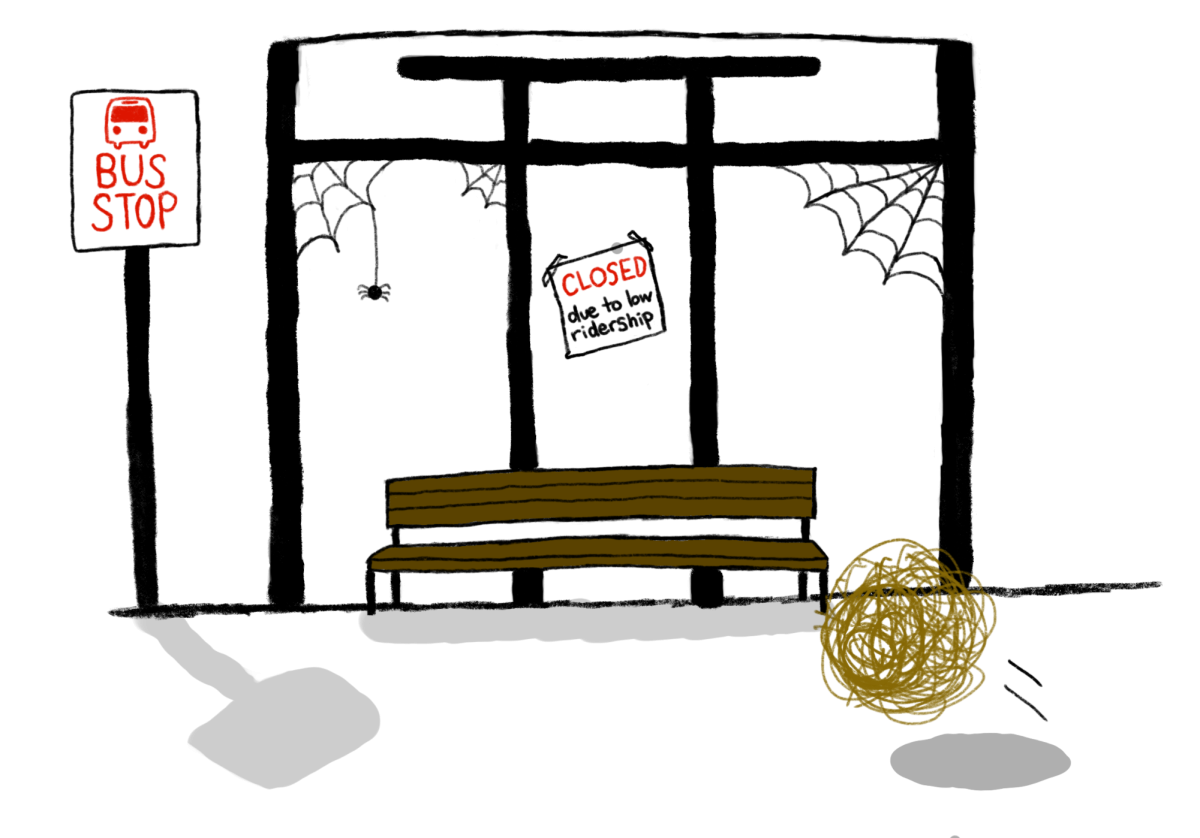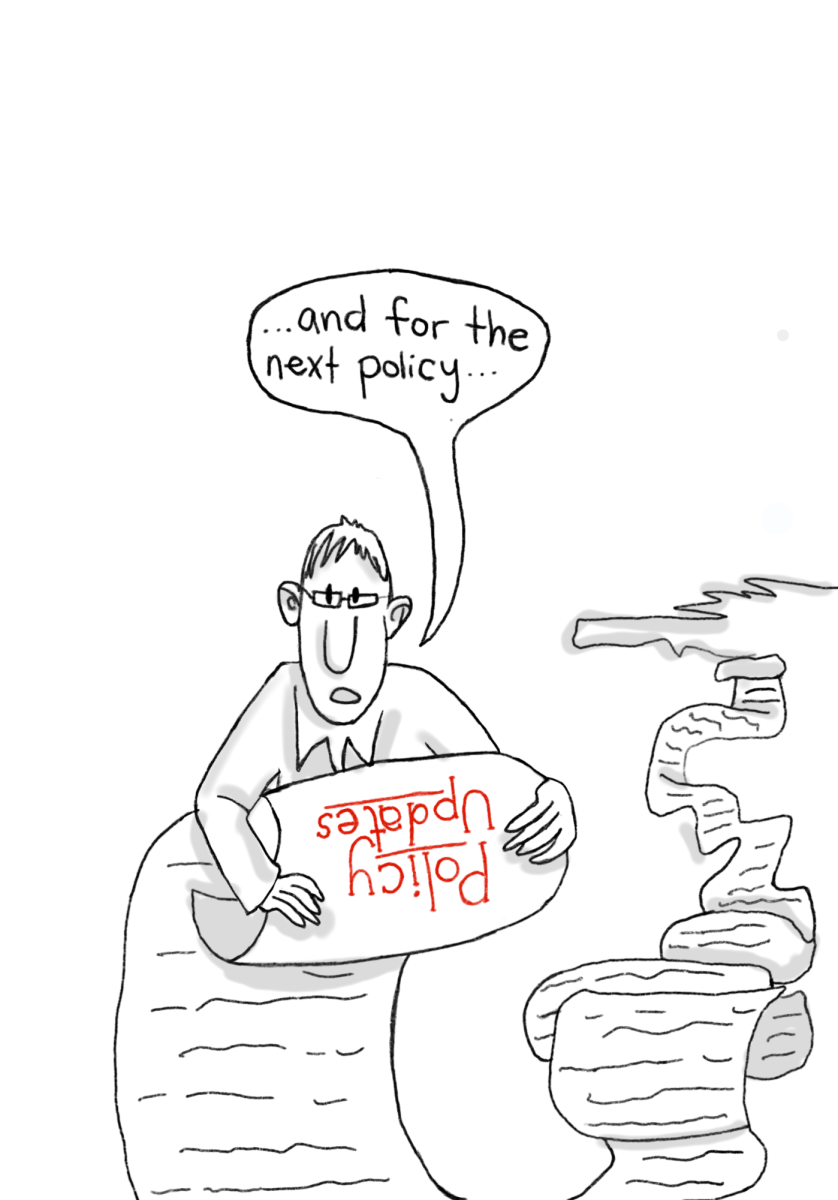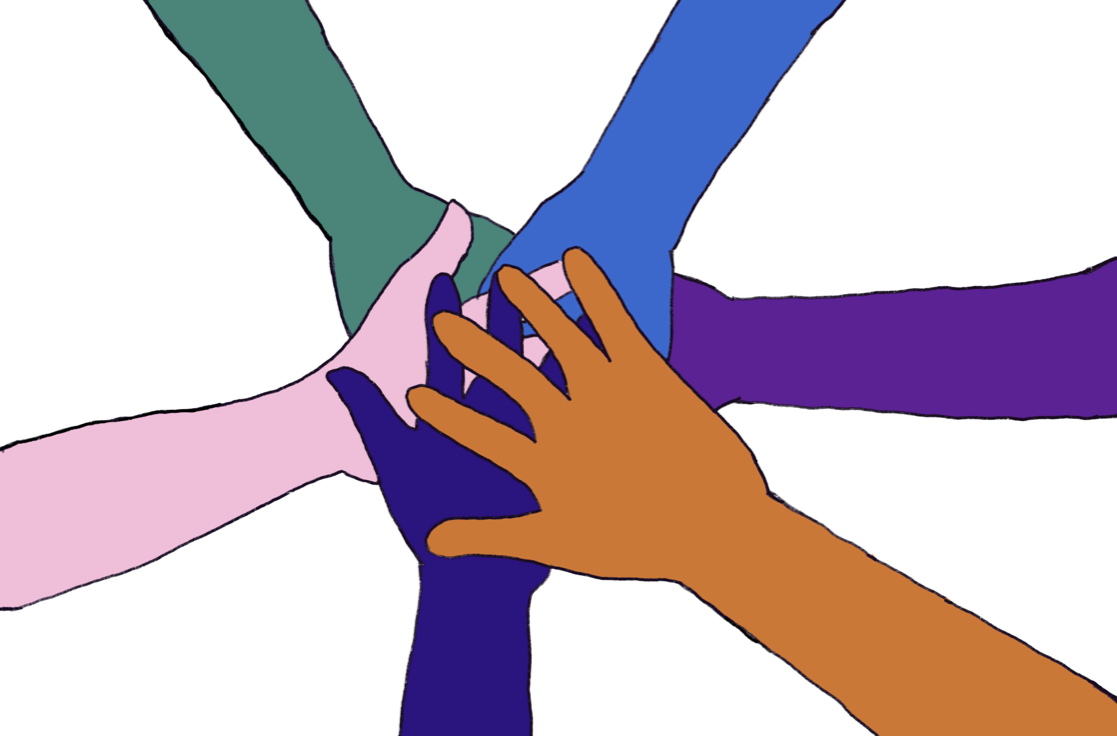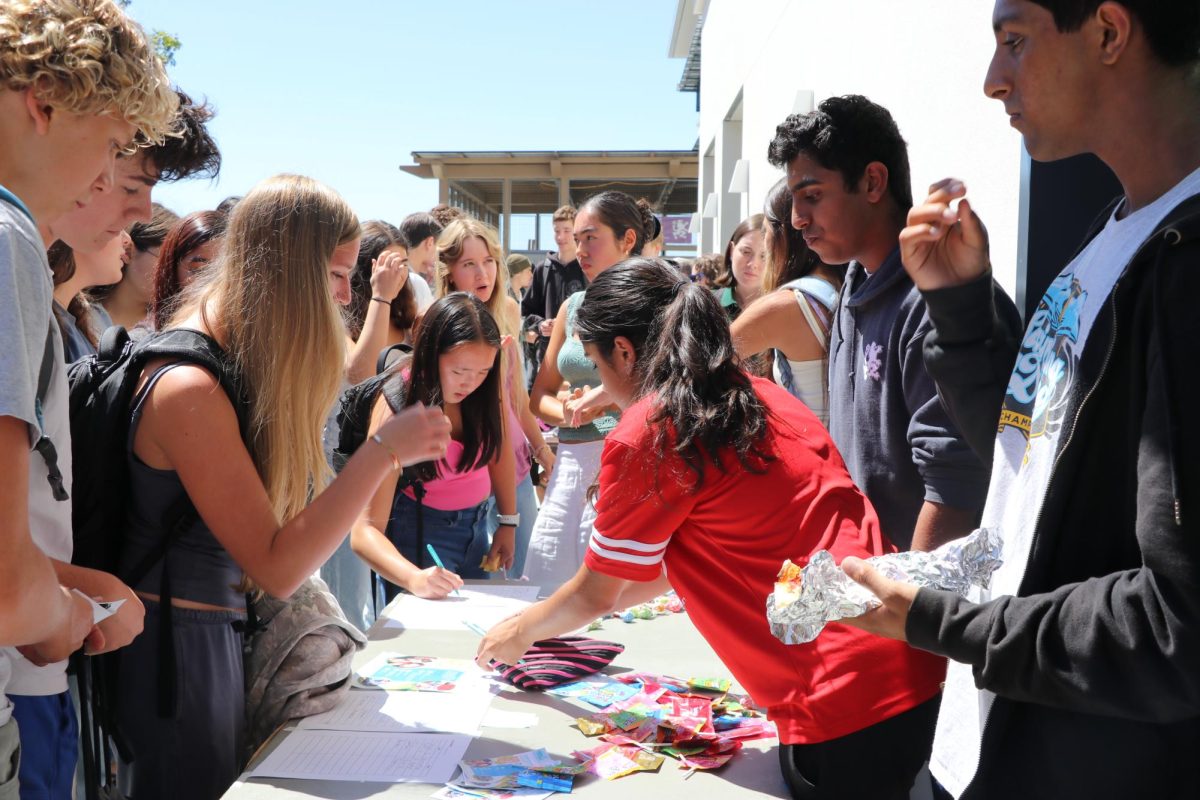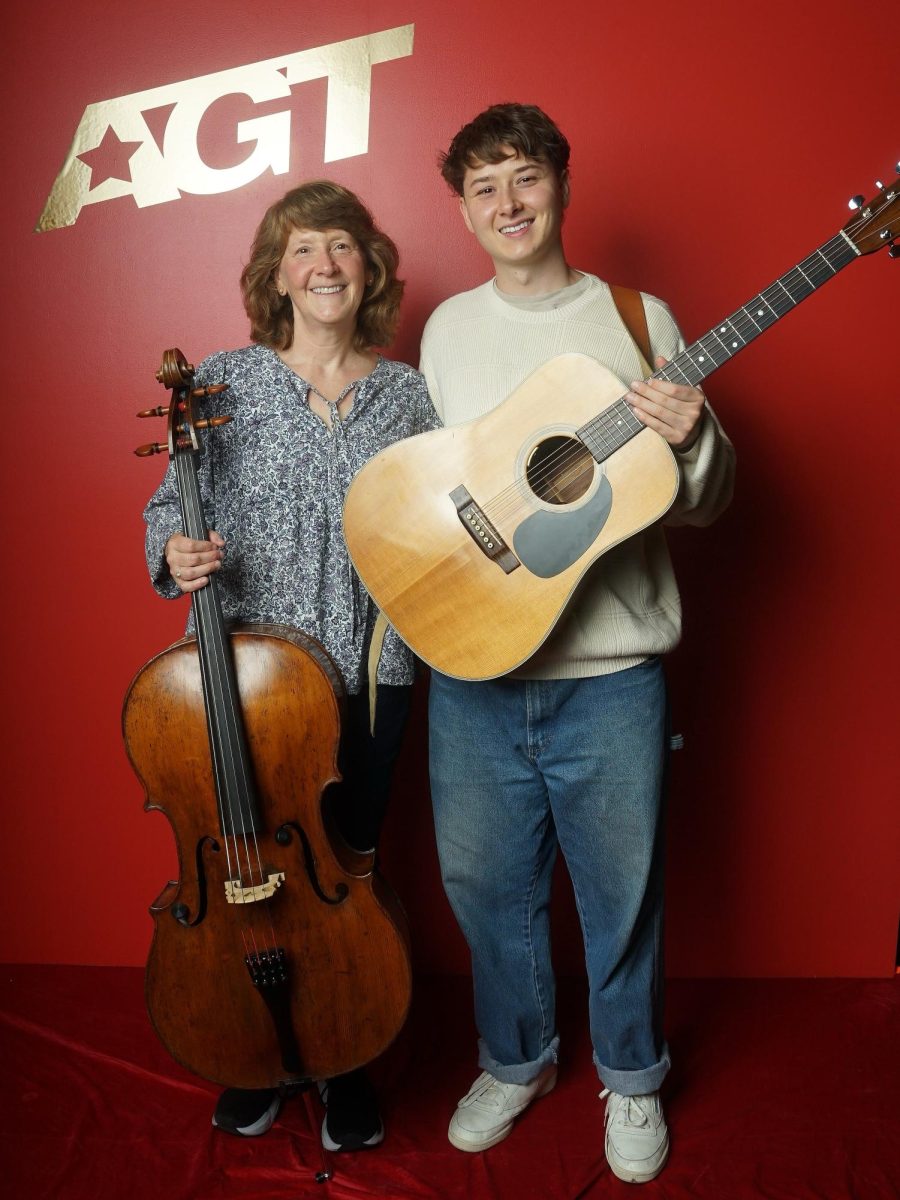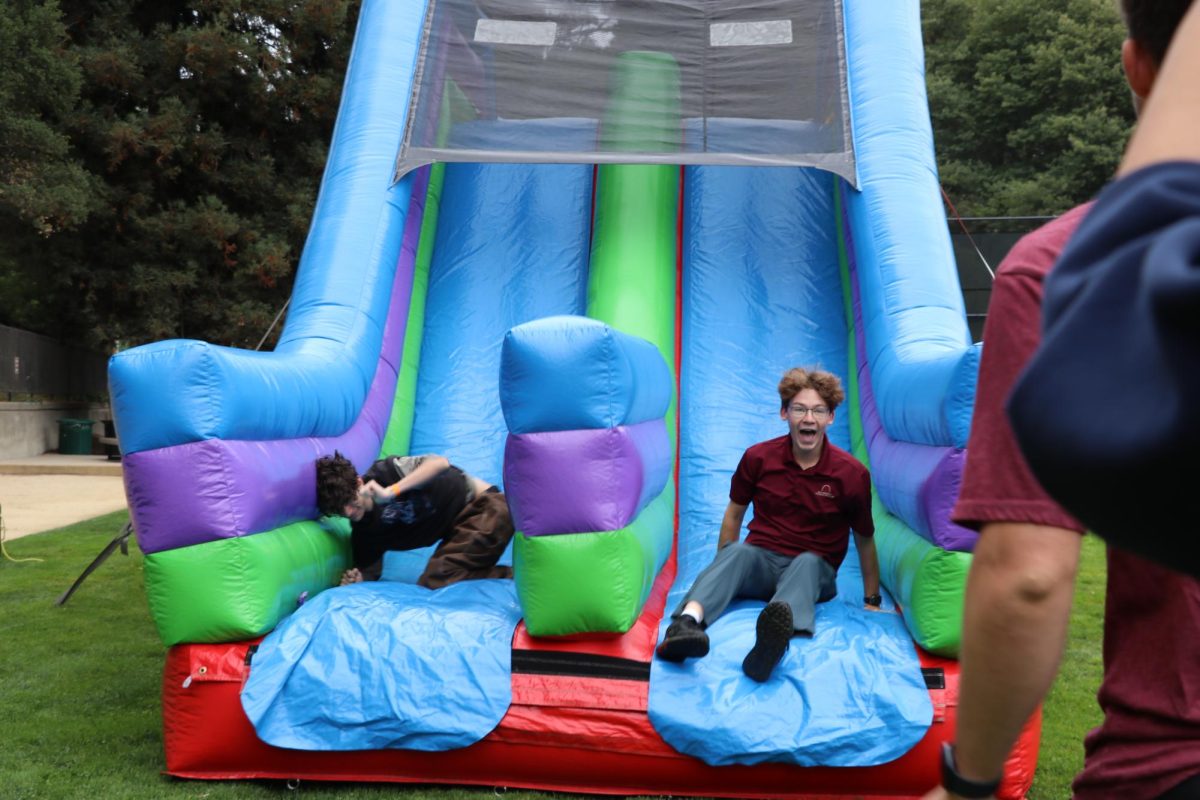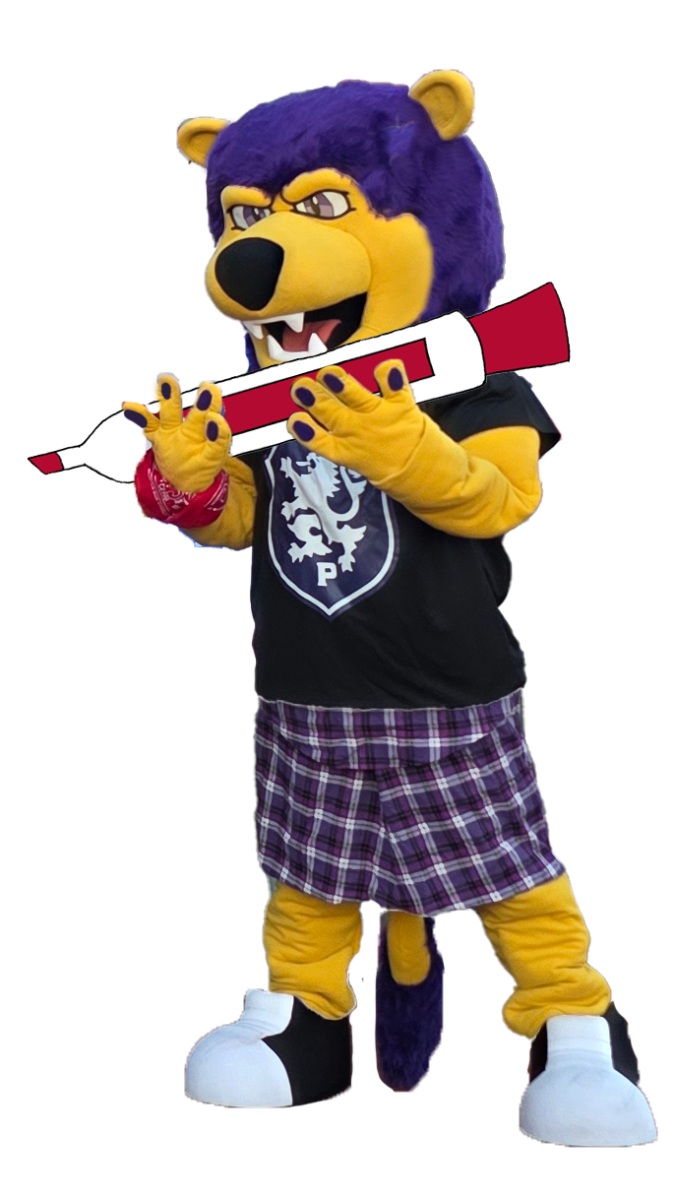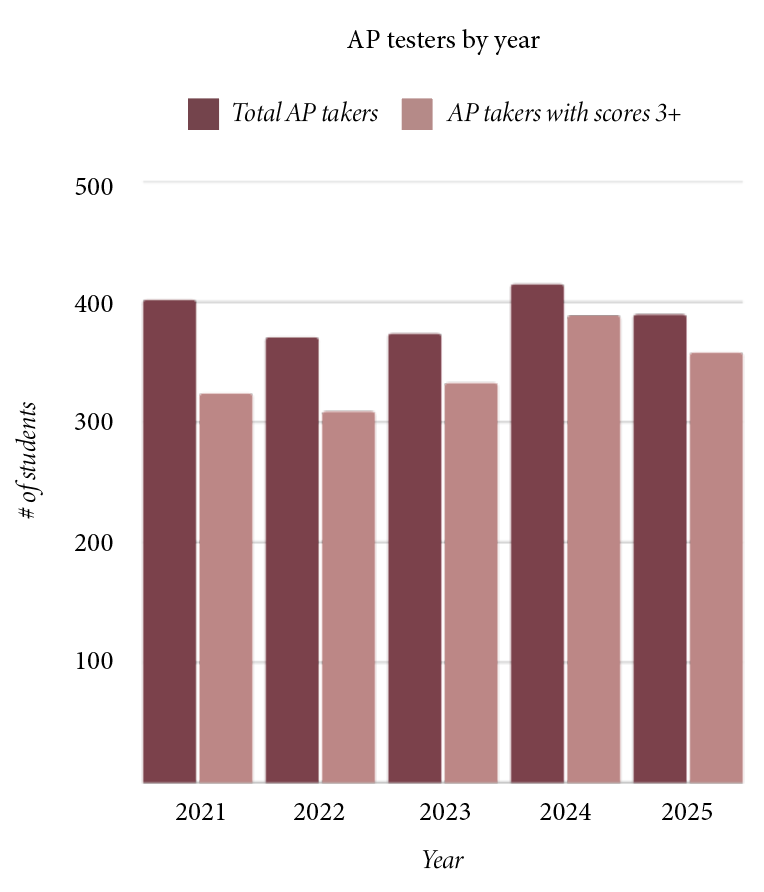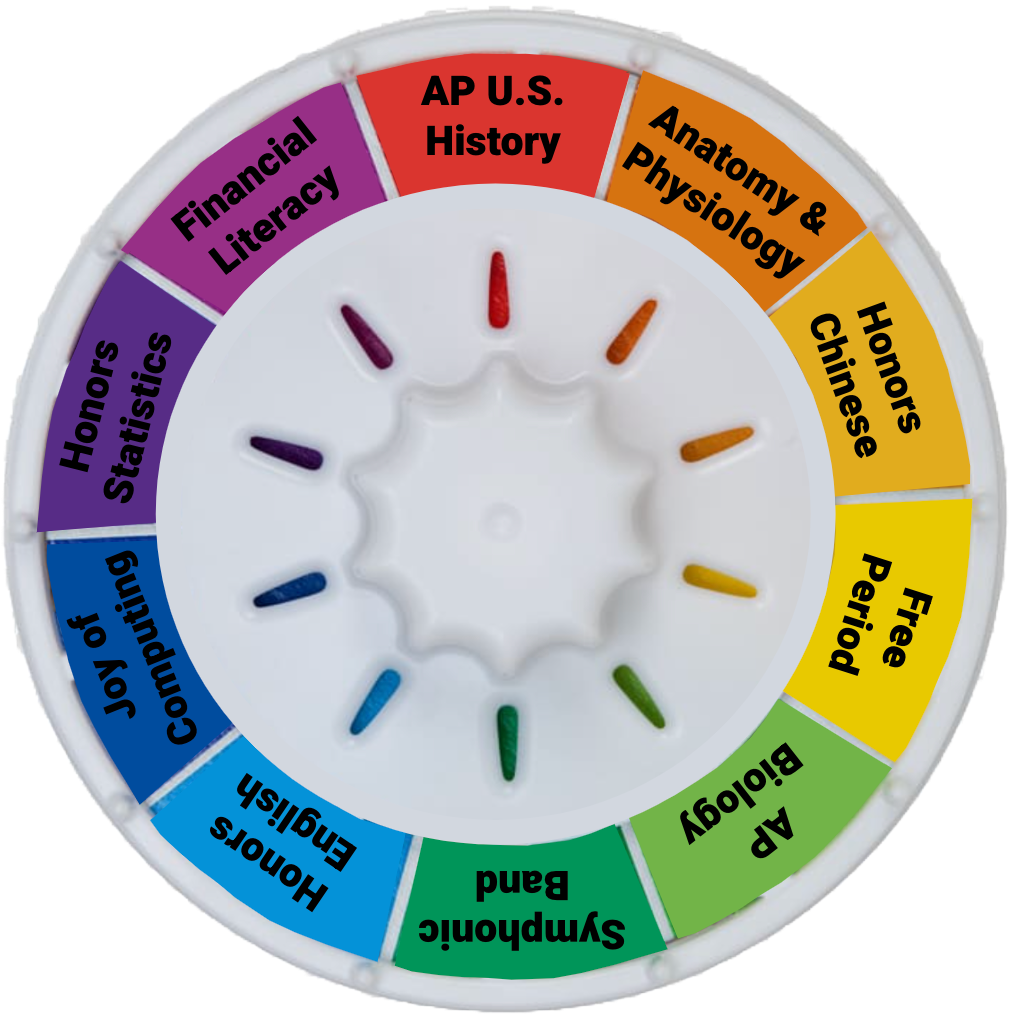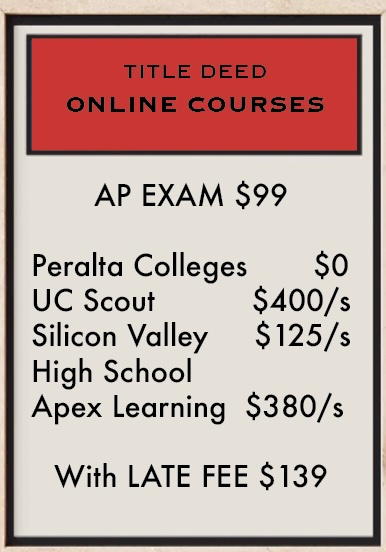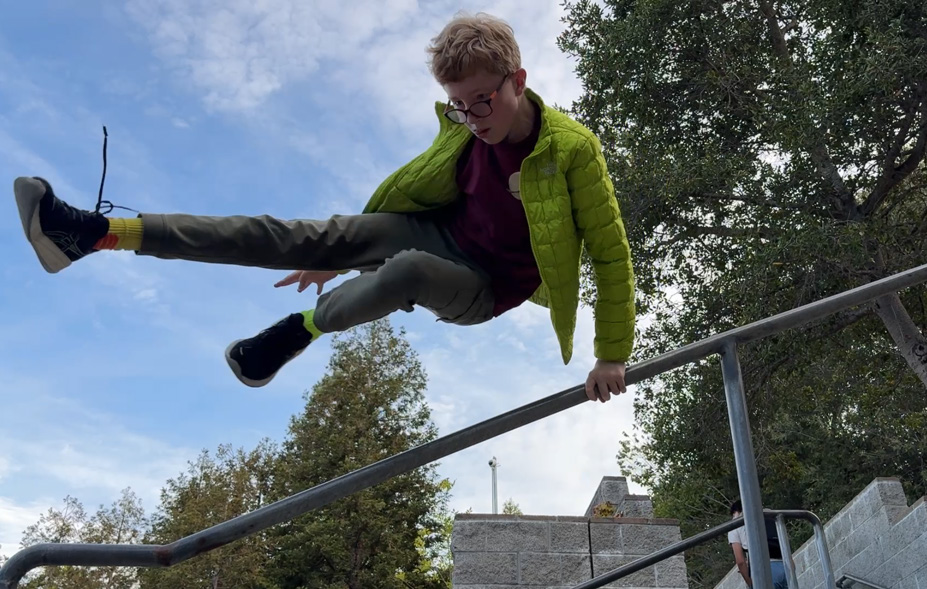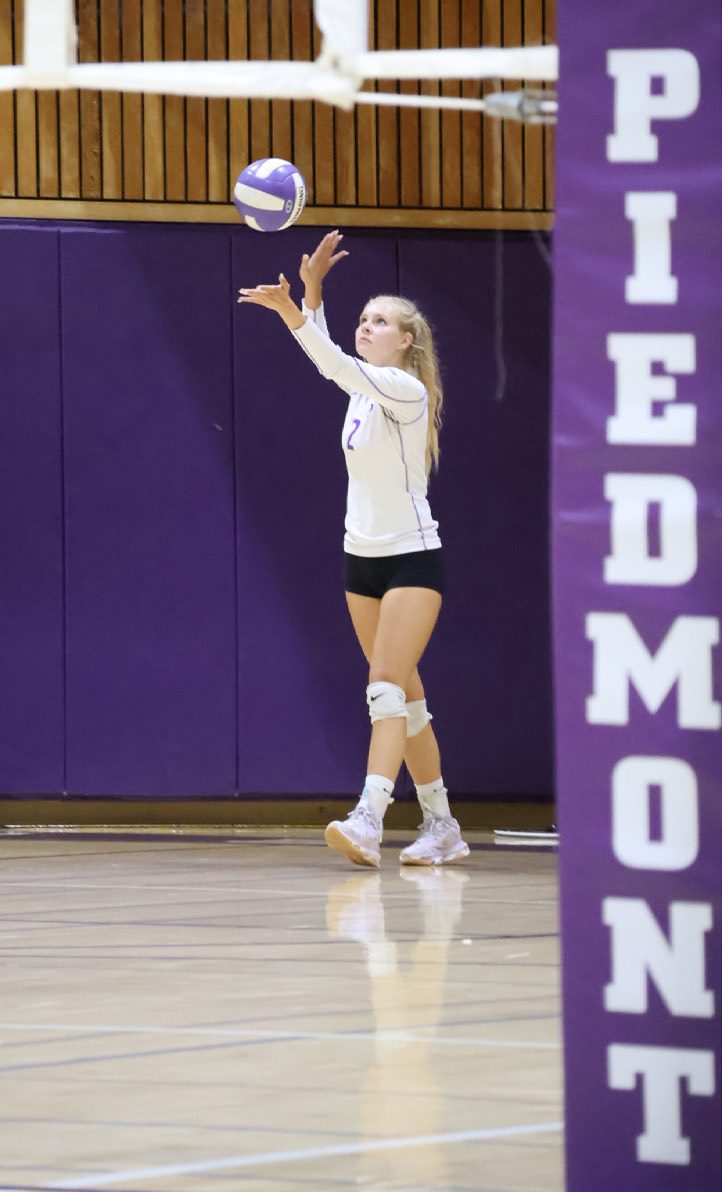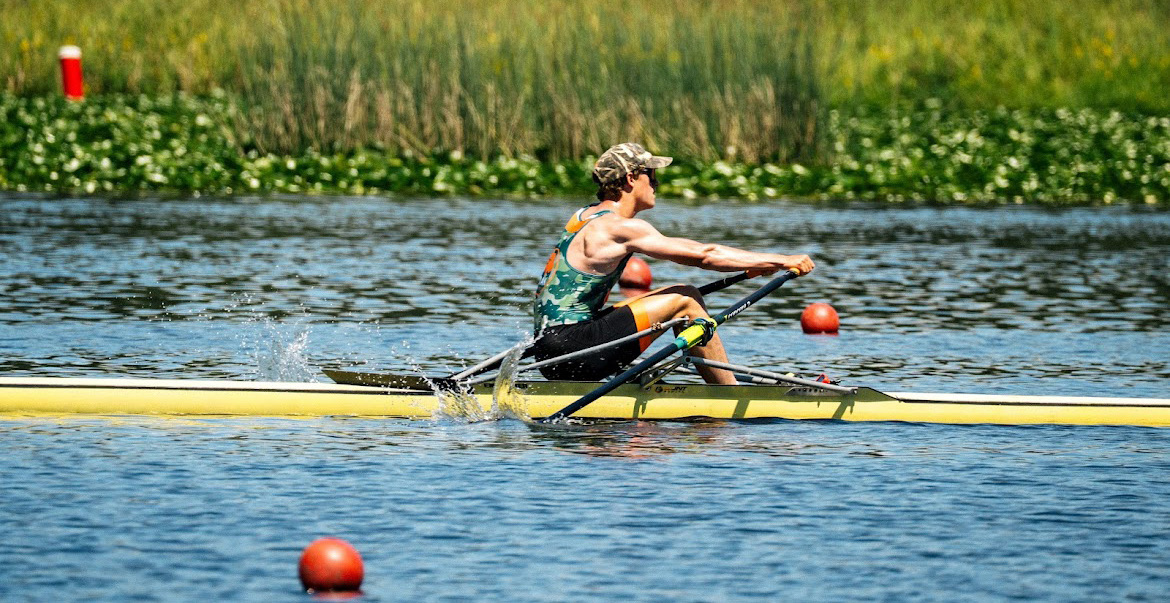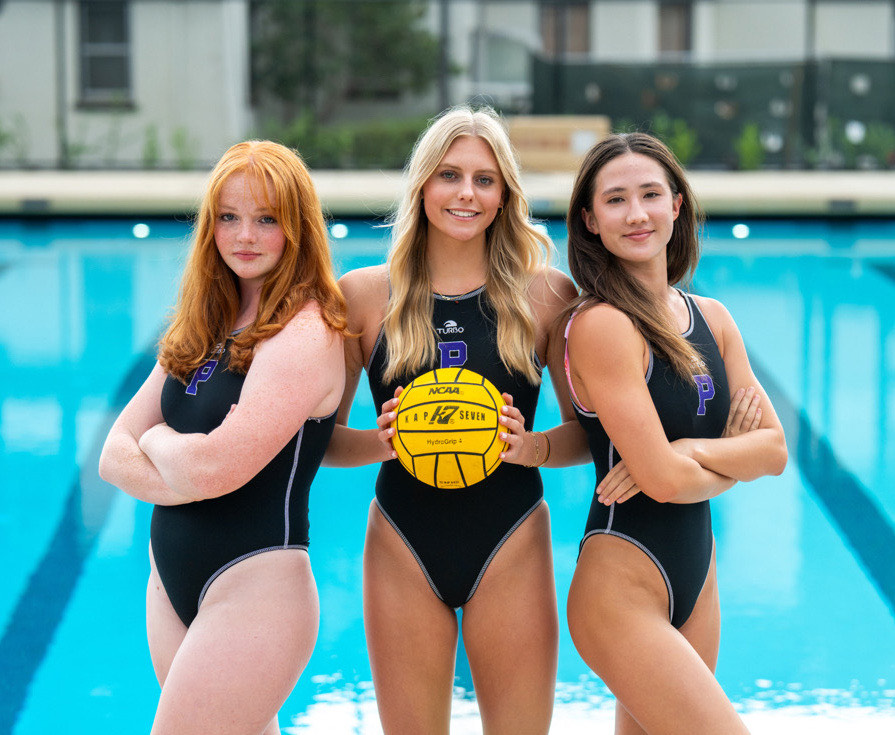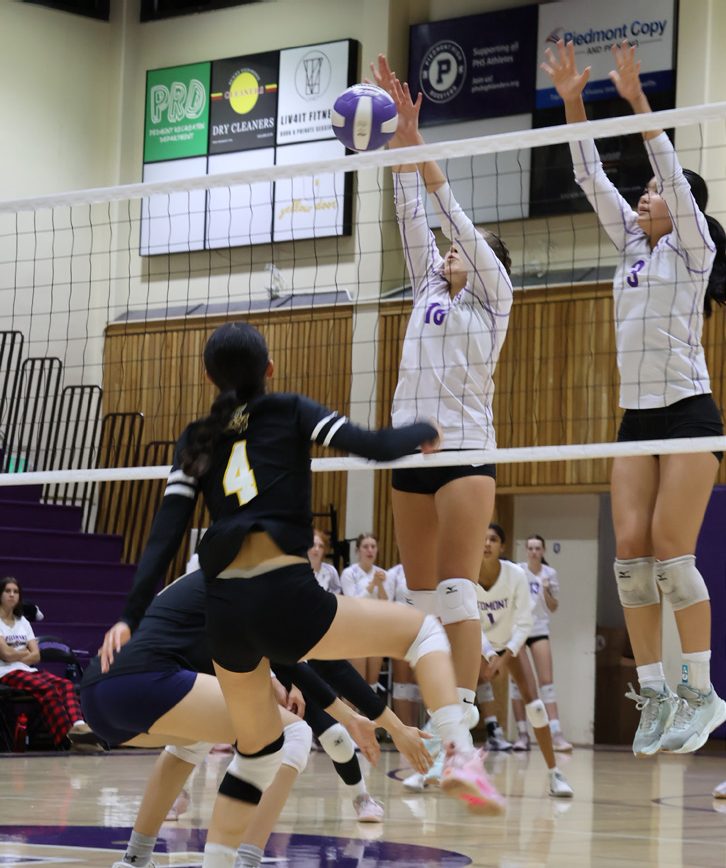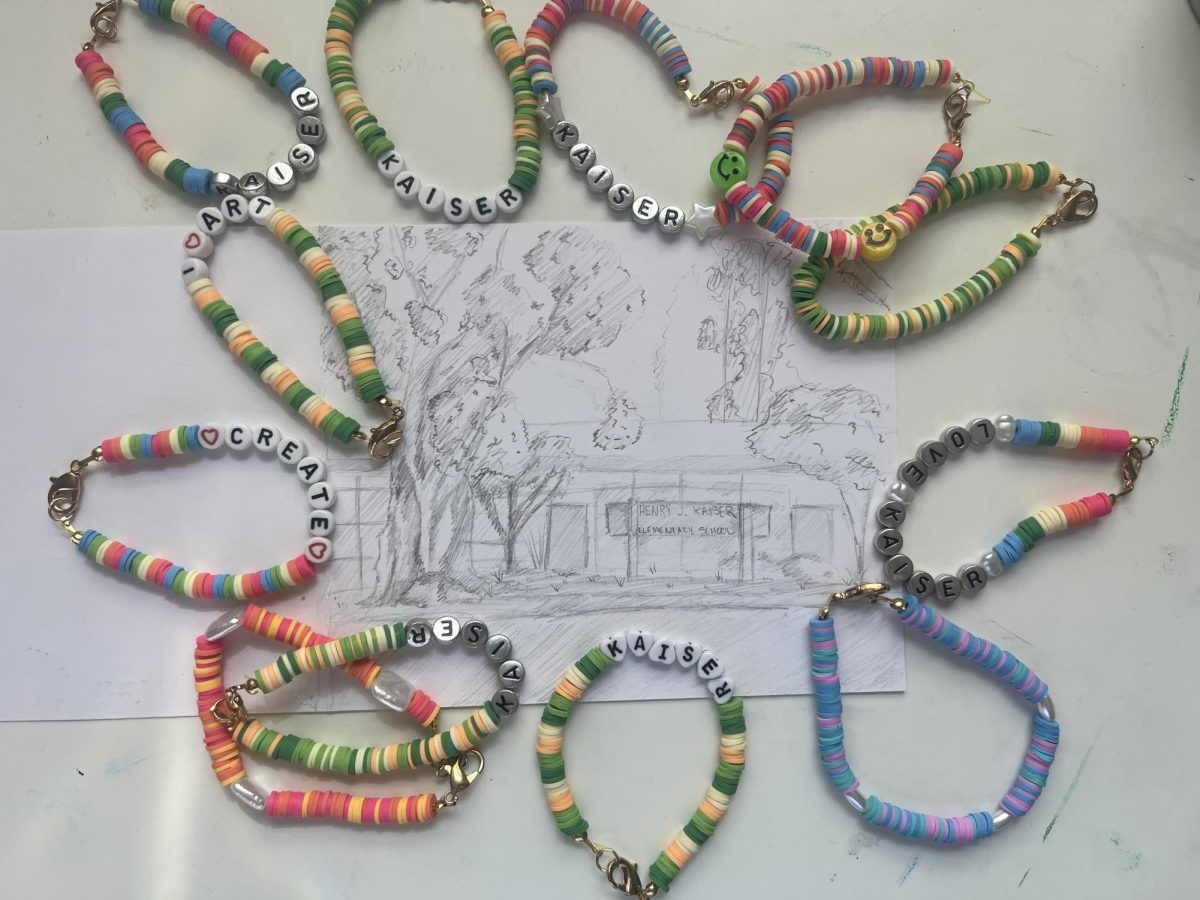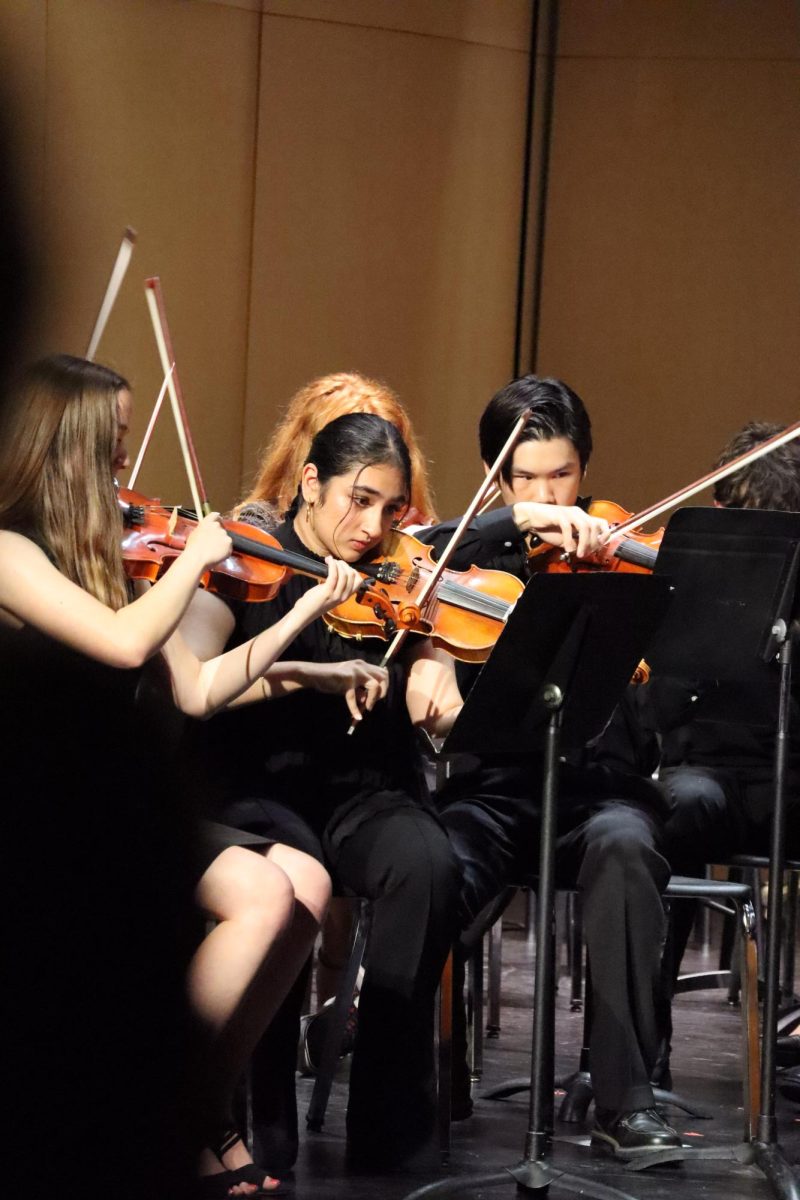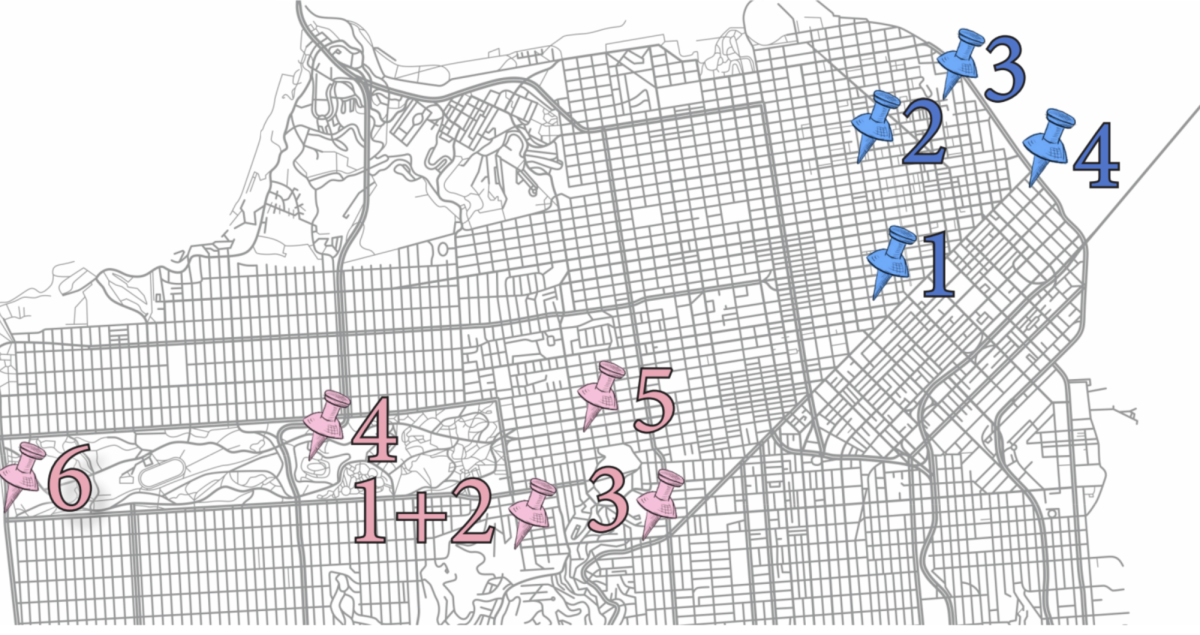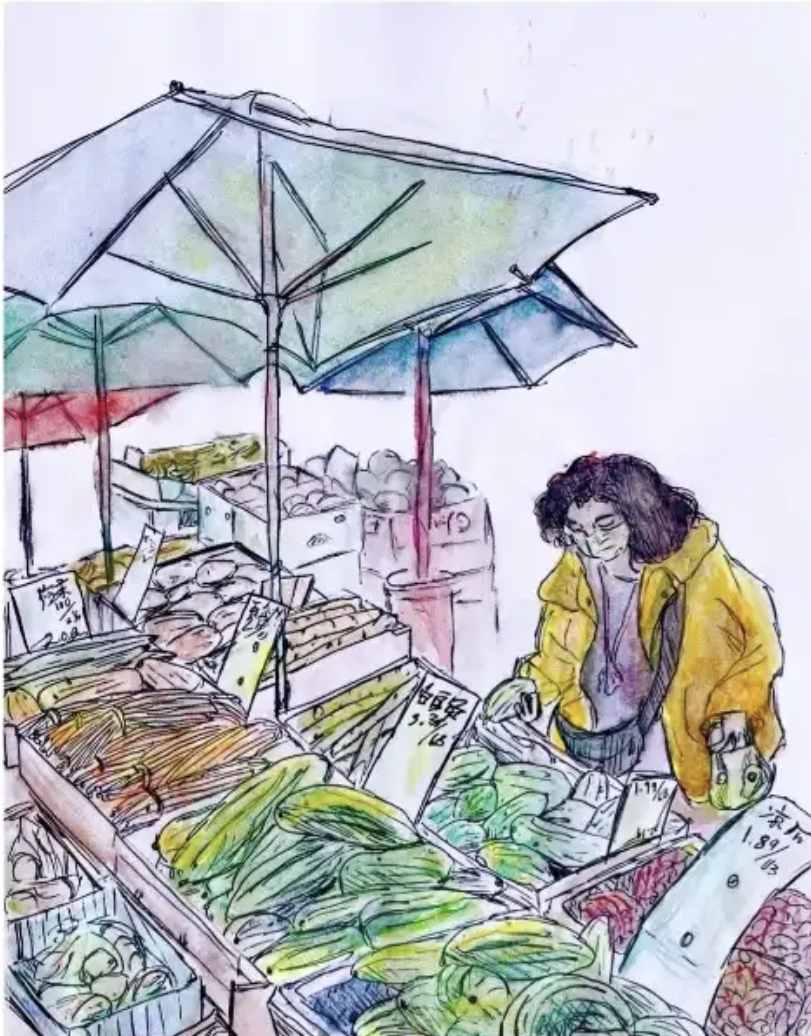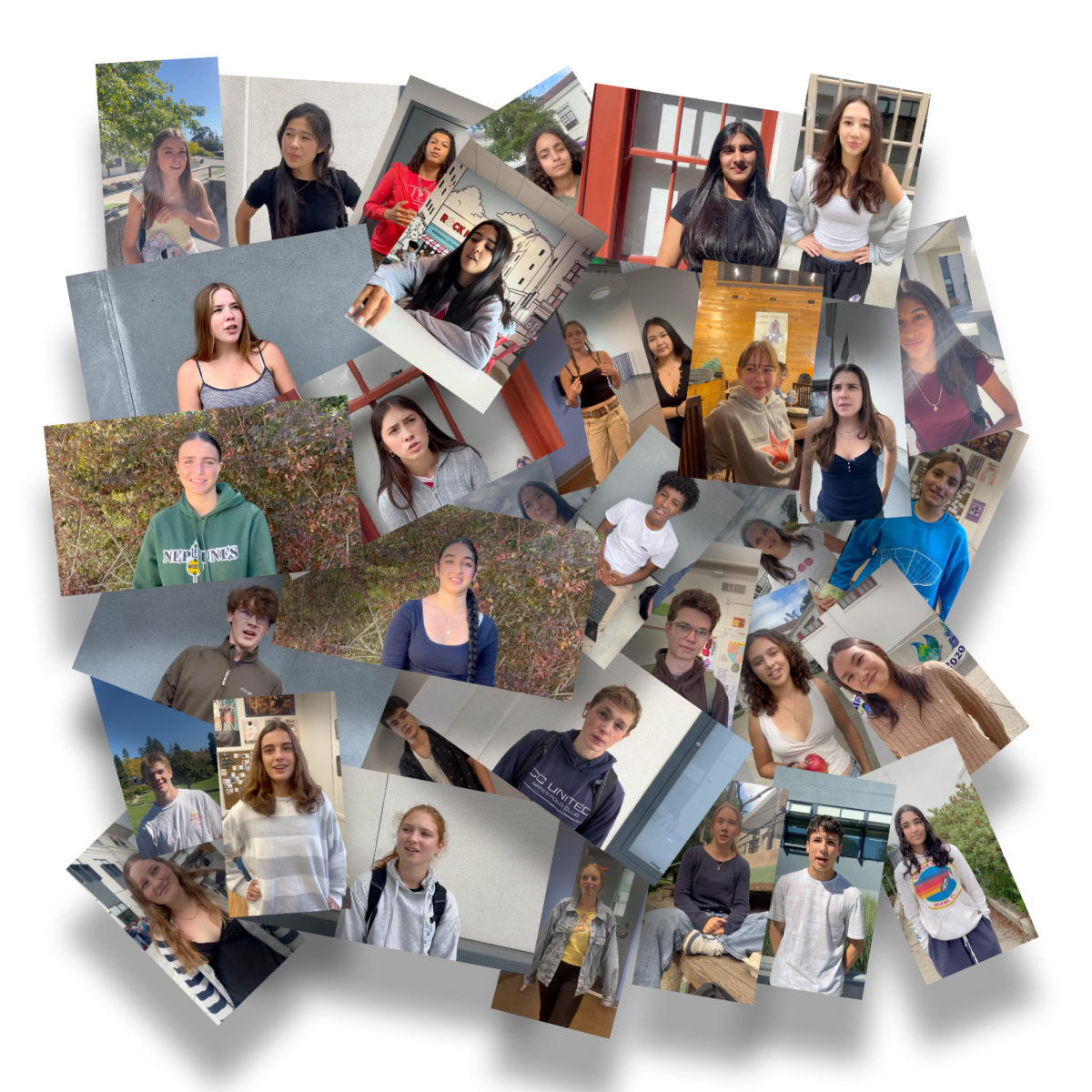The Social Impact
Feb 17, 2023
A football player blocks the ball. A soccer player passes across the field. A rower pulls their oar through the water. A cross country runner sprints to the finish. While sports are very different, most have one thing in common: teamwork.
While it may sometimes go unnoticed, sports contribute heavily to social networking in Piedmont. Starting from a young age and continuing through high school, student athletes feel that sports play critical parts in their social lives.
Sports help students develop important social skills by working with kids of different backgrounds.
According to the British government’s Culture and Sports Evidence Programme (CASE), some of these skills include shared experience, self-identity, consolation, and social capital, the value derived from positive connections between people.
Piedmont parent Shari Fuji, who enrolled her two children in soccer when they were two years old, noticed these social advantages sports provided.
“From a young age, they learned how to play with other kids and were exposed to rules and teamwork,” Fuji said.
While school plays a prominent role in the development of many students’ social lives, early introduction to sports helps kids start this social growth before they enter school. Many of the friendships developed through sports continue as students grow up and start schooling. In Piedmont this is highlighted due to its small population where the same kids grow up with each other. Fuji saw how sports continued to grow her children’s social network.
“When they were old enough to play Piedmont Recreational Soccer, they met kids from other elementary schools,” Fuji said.
Fuji also noticed many other parents also enrolling their children into sports at young ages.

“This is more widespread in wealthy communities like Piedmont since it costs money to play sports.
[Piedmont parents] are fortunate that [we] have many sports programs available,” said Fuji.
As students mature and start to develop their own personalities, sports become a significant part of many student’s identities, allowing students to connect better with the sport and its players. Sophomore football and soccer player Sam Shelby noted that the friendships he formed as a kid playing soccer have continued to be strong through to this day.
In contrast, he started playing football in high school but says he feels less of a connection to the sport than he does with soccer.
“When I think about my childhood, soccer is much more prominent than football because I’ve been around it for so much longer, so it’s just more of who I am,” said Shelby.
While the connection to their sport may not be as strong for freshmen, as high school progresses there is a notable difference in their connection to the sport and their teammates. Captain of the men’s cross country team and senior Alex Aubrecht saw his relationship change between when he first joined the team in freshman year and now.
“Freshman year, there’s sort of the role of being the new person on the team, but as an upperclassman I would say my friends and I can take the underclassmen under our wing,” Aubrecht said. He remains friends with some of the seniors he met when he was a freshman.
While sports help students develop considerably socially, there are aspects of sports that have negative impacts on students. According to CASE, there is evidence suggesting a positive association between teens who play sports and increased violence, aggression, and illegal alcohol consumption.
In part, this is due to the competitive nature of sports, but the social pressures from other kids also plays a considerable role in these negative impacts, especially in the later years of schooling. As Shelby got older, he said he noticed a difference in the social pressure between playing soccer as an elementary schooler and as a high schooler.
“I feel like it was easy for me to join when I was little because it was just such a normal thing, but at the high school level a lot of people are scared to join. There’s a social pressure to it, where people don’t think they’re good enough,” Shelby said.
Shelby also noticed that within the soccer team, smaller groups formed, causing some people to be less connected with the team’s social aspect than others.
Sophomore Josie Lins used to compete with her swim team. She said she noticed that there is also a social pressure around sports to perform well, and those with less athletic ability could have a harder time connecting and gaining respect from teammates.
Sophomore Adan Sotelo, member of the football team, also noticed it on his team.
“Social groups outside of the sport do also impact grouping within the [football team],” said Sotelo.
However, Shelby and Sotelo both do not believe this has any negative effect on their team’s performance because the team’s connection is so strong.
This strong connection occurs in many sports, because sports provide a source of team bonding due to the communication skills sports require in order to be successful.
“The pain that you go through with the guys creates this kind of bonding between [the team]. You really get to know the guys that you’re rowing with and it’s a much deeper connection that’s really special,” said member of local rowing team Oakland Strokes and junior Jackson Violich.
This strong connection is in part due to the nature of sports and the communication skills required for success, but students also use bonding events to further reinforce this connection, providing advantages across all sports, regardless of it being a team sport or not.
“There’s definitely a stronger connection on and off the field. I feel like [the soccer team] interacting outside of the sports environment has a direct impact on how we play on the field, and also improves how we communicate with each other,” Shelby said.
Often, team members organize these activities themselves without the prompting of a coach or the school.
“I like to organize team bike rides every now and then. We all like to hang out, and we’ll try to spend as much time together outside of the boathouse as possible, whether that’s watching an F1(Formula 1) race on a Sunday morning or just hanging out in general,” Violich said.
Not only does this benefit the team’s performance, but it strengthens the relationship between teammates outside of the sport.
“It makes you more willing to sacrifice your time and go harder in the boat for other people; [teammates] become your friends and you get to know them really well,” Violich said.
While in rowing, you compete with a team, in a few other sports players compete individually. Some students believe that because there isn’t that team aspect within these individual sports, the teams’ connection may be weaker.
“While you can find [a strong team connection] in any sport, I feel it’s definitely more prominent in rowing because of the amount of time you spend together and the nature of the sport,” Violich said.
However, Aubrecht believes that social connection still plays a valuable role in the performance in individual sports such as cross country.
“I think there’s still a lot of team camaraderie involved, like having teammates to support you throughout the season and during a race,” Aubrecht said.
Moving beyond Piedmont, sports also allow students to connect and reach out to students from other schools. Often, this is because PHS doesn’t have teams for some sports, so students join composite teams with students from schools around the area. This happens commonly in rowing, where Violich’s teammates come from schools across the region, expanding his social network far past Piedmont.
“I have friends from a whole variety of schools and I think that some of the guys that I row with I probably spend more time with than people even here at school. It’s very helpful getting to know different people and overall really interesting,” Violich said.
Soccer, swimming, football, cross country, and rowing are just a few among the dozens of sports teams in the area, each of them with their own sport and team dynamic. This social growth and connection is seen in a wide variety of sports, ranging from individual sports to local composite teams.
Socializing Off the Field
Sports are just one method for students to grow their social network, one that is certainly not required for social success. While it does play a significant role in many students’ social relationships, school itself as well as dozens of extracurricular activities also add to the students’ networks.

Activities such as choir, mock trial, and debate give students an alternative to network socially. Other students turn to connecting with people online through social media, making friends through shared interests.
Sophomore Victoria Van Gelder has been a member of Piedmont East Bay Children’s Choir since second grade.
“The amount of time, annual tours, and community spirit makes the choir such a supportive and friendly environment, I feel so close to my friends there,” Van Gelder said.


